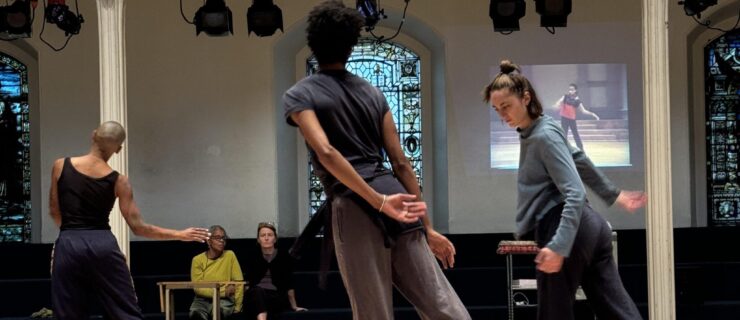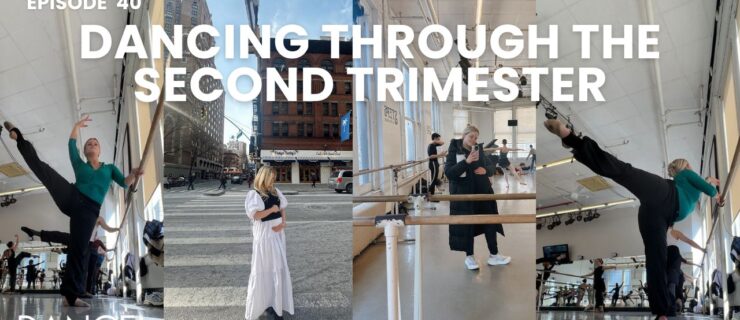New York City Ballet: "Year of the Rabbit"
David H. Koch Theater
Lincoln Center
New York, NY
Performance reviewed: Oct. 6, 2012 (matinee)
New York City Ballet wisely commissioned corps member Justin Peck, just 25, to create Year of the Rabbit (Selections from the Chinese Zodiac), named in part after song cycle selections by the indie composer Sufjan Stevens. Although the ballet’s seven sections are subtitled after animals (and “our Lord”), the takeaway in the choreography and music is not literal, but rather more generally evocative. A lot of thought and careful work shone through in the choreographer’s terrific Koch Theater debut.
The zodiac provides a hearty structure, a working concept that Peck clearly reveres. He has studied Balanchine and Ratmansky, moving his cast of 18 in crisp geometries that can predominate or become background texture. But traces of Busby Berkeley pop up in entertaining, richly detailed group sections that move like giant human clockwork. A featured soloist, duo, or trio can work in diametrical tension with a massed corps, or can be literally framed, reined in, or hoisted aloft by them.
All photos: Justin Peck’s
Year of the Rabbit. By Paul Kolnik, courtesy NYCB.
Six principals are featured—two couples, and two who move more separately (Ashley Bouder and Joaquin De Luz). Teresa Reichlen dances with Robert Fairchild, and Janie Taylor and Craig Hall pair up. Peck features the woman and man more as equals than many ballet choreographers, diminishing the concept of woman as object to be spun or carried. It’s not that he doesn’t include some of this fundamental lexicon, it just isn’t primary. Peck also bravely emphasizes quiet moments and tiny details that might theoretically get lost in a large theater. Both pairs have subtle, gentle passages that are heartrending and never monotonous.
In contrast, he has created big, bold independent phrases for Bouder and De Luz, who both thrive on such dynamics. Bouder seems to orchestrate the chorus, willing them into rows between which she flies, or inducing them to lift her high in an arabesque. The effervescent De Luz jumps and dances in puffs and bursts, as if propelled by a capricious wind. Peck knows his fellow dancers’ strengths and exploits them to great advantage; they also appear to be having a swell time. Stevens’ score for strings (arranged and conducted by Michael P. Atkinson) ranges from hopeful ascending arpeggios to shimmering, lush sonic fields punctuated by a bleated chord; a walking cello line sounds almost conversational. The women’s costumes—royal blue leotards with striped tennis skirts—work better than they sound; the men wear pewter-hued leotards. (Marc Happel was the costume supervisor.) Brandon Stirling Baker designed the crisp, atmospheric lighting.
Joaquin De Luz
It was a calculated risk for Peter Martins to commission such a young dancemaker as Peck on such an ambitious scale, but perhaps the biggest (unforeseen) gamble was preceding Peck’s ballet with Two Hearts by Benjamin Millepied. Featuring Tiler Peck and Tyler Angle, this piece from early 2012, with elegant black-and-white costumes by Rodarte, is highly romantic, with a tender and intimate closing duet. But compared to Peck’s rigorous, bracing structure, it felt amorphous. Christopher Wheeldon’s Les Carillons (also from earlier this year) ended this “21st Century” program. Year of the Rabbit held up next to this lively and colorful work, as well. No doubt we’ll see much more from the company’s newest choreographer.
Pictured at top: Ashley Bouder (being lifted)




